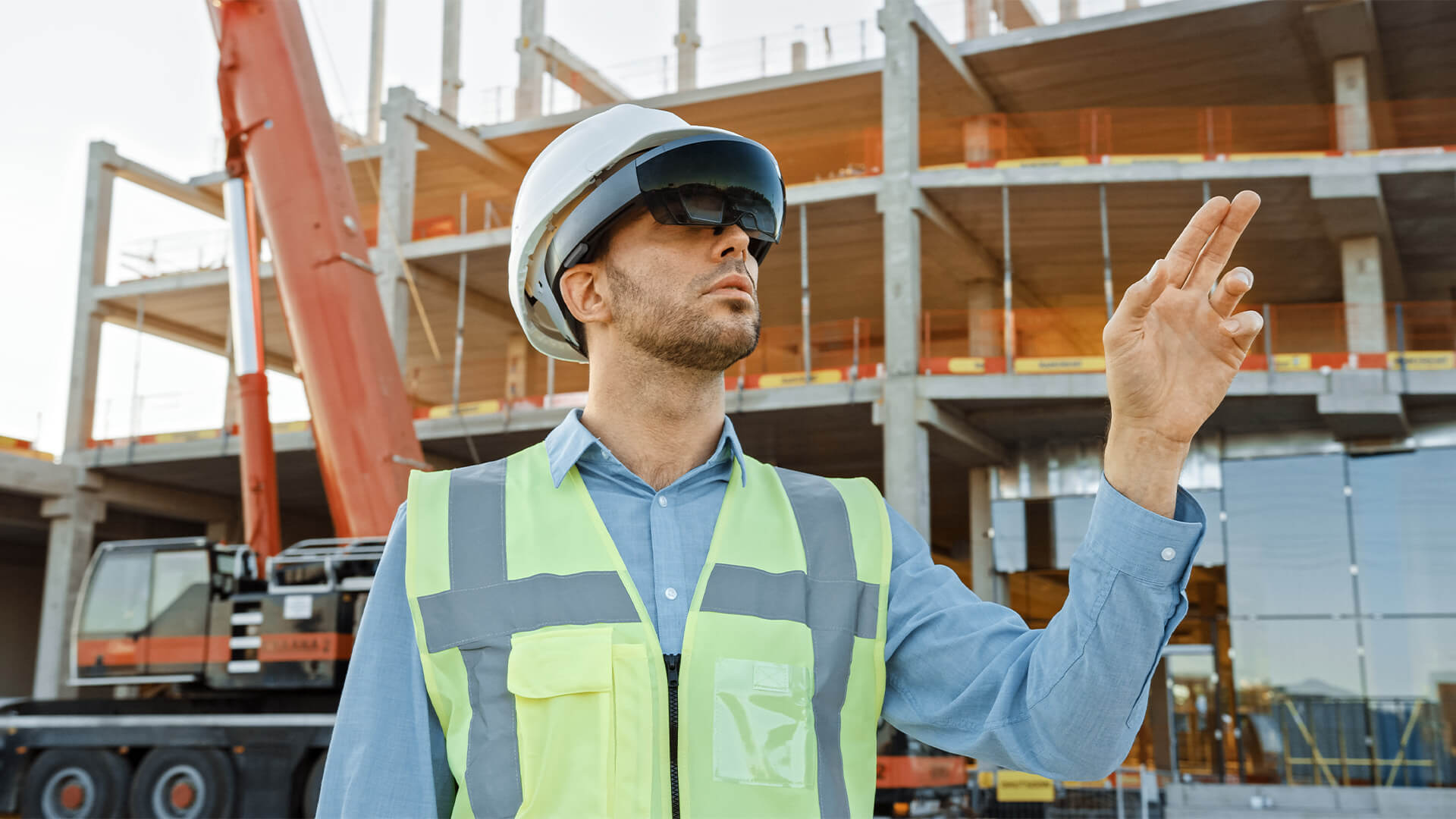Safety is a leading concern for any construction project. The industry has a disproportionately high number of workplace accidents worldwide, making personal protective equipment (PPE) a must in the sector. Smart technology can make PPE even safer.
Wearable technology has already seen massive adoption in the consumer sector, but it’s starting to break into construction, too. Internet-connected PPE can detect risks, alert workers to developing hazards, reduce workloads and more. This field is still in its infancy, but it’s already showing promising growth.
Here are a few of the most significant developments in smart PPE technology.
Exosuits
Most smart PPE on construction sites today looks like consumer wearables, such as smartwatches. Exosuits, also called exoskeletons or wearable robotics, are a considerable departure from that trend. These devices improve posture and prevent injury by bracing workers’ backs, legs or arms.
Exosuits are already a diverse market despite being a relatively new technology. Some reduce exertion levels by 80% by supporting people’s arms and shoulders as they work overhead. Others brace legs to let employees squat without straining or fit under gloves to provide a stronger grip.
Exosuits are among the most expensive smart PPE, but they’re also some of the most promising. Their rapid growth and diversification are also positive signs. These technologies will eventually become more affordable, benefiting to smaller firms.
Smart Helmets
Helmets are a more familiar sight for construction workers, and these pieces of PPE are also receiving the smart device treatment. Sensors within helmets can monitor wearers’ heart rate and temperature, as well as external temperatures and humidity. These items can then analyse this data on the cloud to detect potential risks.
These helmets vibrate and emit a warning sound when they detect the wearer may be in danger of overheating. The worker can then take a break, head into the shade or take other steps to avoid heat-related illness. Smart helmets can also alert managers to these situations so they can check on workers and adapt workflows accordingly.
Smart helmets are appealing because workers already must wear helmets in their everyday operations. Integrating these technologies won’t require any training or new processes.
AR Glasses
Many construction workers also wear safety glasses, which can benefit from augmented reality (AR). AR glasses struggled to catch on in the consumer market, but they’re more useful in construction circles. These devices can show relevant safety information in workers’ fields of view, informing them as they work.
AR glasses could display relevant safety reminders, providing a hands-free look at company guidelines. Sensors in these glasses can also alert crew members about ledges nearby to prevent falls. Alternatively, they could help identify hazardous materials and show workers relevant protocols for handling them.
Smart glasses also provide an ideal way to send safety updates to workers. Messages can pop up in employees’ views without managers alerting them in person or requiring them to look at their phones.
Connected Boots
The smart boot is a less conventional piece of PPE that’s seen growth lately. Shoes are essential equipment at every construction site, so they’re an ideal place to house smart technologies.
Available connected shoes today feature built-in sensors to detect falls or shocks, immediately notifying other workers of the potentially injured wearer’s location. They also let people communicate without using their hands by tapping their feet to send alerts or acknowledge messages. Since shoe soles are subject to movement and pressure from walking, they can also power themselves through self-charging technology.
Connected boots can house GPS technologies to help monitor workers’ locations. This data could reveal where injuries tend to happen on a work site, informing any necessary changes. Location data could also alert employees of potential collisions with heavy machinery.
Roadblocks to Smart PPE Today
As promising as these developments are, smart PPE still faces some obstacles to widespread adoption. This equipment is often expensive, especially if construction firms plan to equip their entire workforce. Uncertainty and economic setbacks amid the COVID-19 pandemic have heightened this issue.
Smart PPE manufacturers noted that many companies deferred buying decisions in 2020 because of the pandemic. That trend may shift as these firms recover from COVID-related setbacks, but for now, new purchases aren’t generally a priority.
Another issue is data security. Construction breaches rose by 800% between 2019 and 2020 as the industry adopted more digital technologies despite limited cybersecurity expertise. Smart PPE producers must ensure their data collection and transmission processes won’t put firms at risk.
Smart PPE Is the Future of Construction Safety
There are bumps in the road ahead for smart PPE, but the future is bright overall. Time and development will make these technologies cheaper and more secure, convincing more construction companies to embrace them.
Smart PPE could revolutionise on-site safety, often without much disruption. As more firms implement these technologies, the industry can move past its historical safety issues.
By Evelyn Long, Editor-in-Chief of Renovated.

































